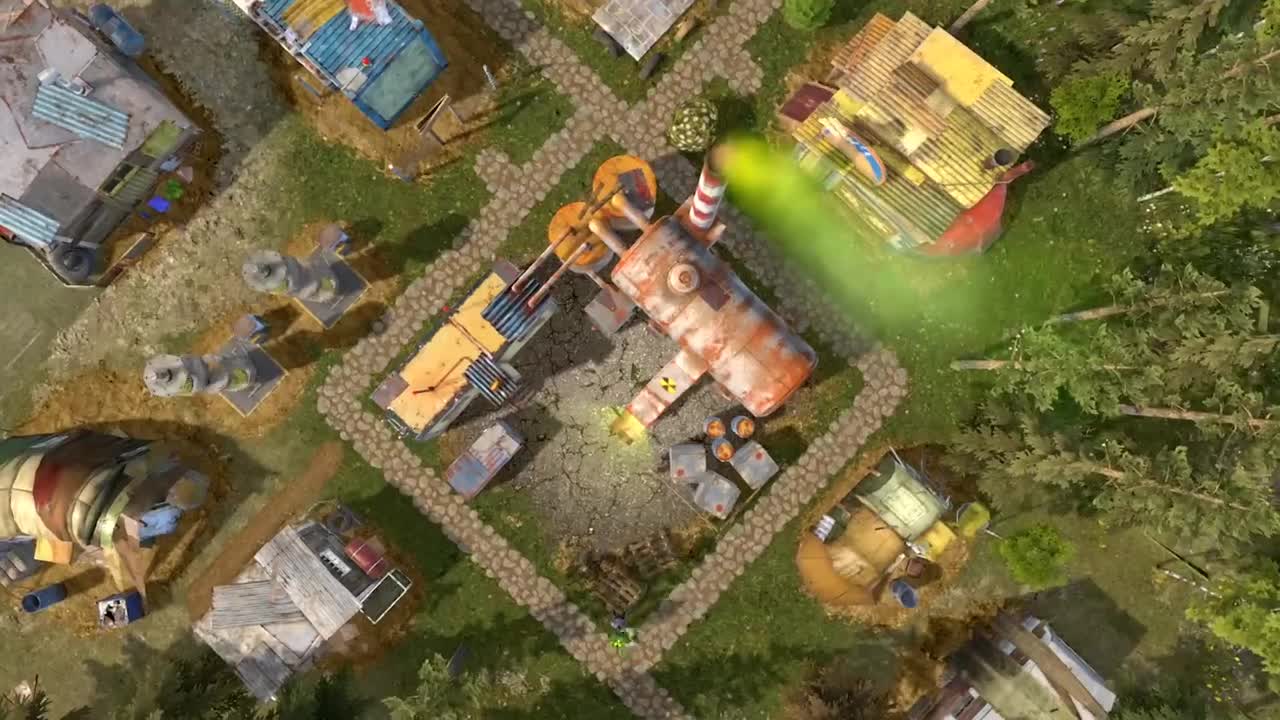
It isn't clear what this is for, only that Aftermath is a campaign game. Then you reach the end, and the magic happens.ĭuring your first game, you'll gather resources like scrap metal or food and tick your finds up on little dials.

Aftermath isn't a complex game, but the constant coming and going of rules makes play slow and clumsy. Some are printed on the page, others get added through the draw of environment cards like Low Visibility or Forced Movement. As you flip through the pages, they burden you with more and more special rules. One player reads out a wall of text to set the scene. Then you play through the page, moving miniatures on the map, reading numbered text and turning over tokens to grub for resources. Most see you draw an encounter card to seed the space with enemies. Each square you enter has a page reference which you find in the book. You take the mission card and move your party token across a gridded overland map. Your first mission is a search for junk food. It's still appealing to older kids, but the tone of the narrative is notably darker.
SURVIVING THE AFTERMATH REVIEW FREE
Rodents are still a central fixture, as you might expect from a designer whose Twitter handle is But these mice are struggling to survive in a post-apocalyptic urban wasteland, free of humanity.

In place of the child-centric cuteness of the earlier games, Aftermath has grown up. On the other, a melange of text, options and map-specific rules reminiscent of a Choose Your Own Adventure book. Instead, every open page is your board: on one side, a small map with asymmetric spaces. In particular, it retains the adventure book from Stuffed Fables in place of a board.

If you've played either, you'll see their influence here. His particular niche is co-operative fantasy adventure titles featuring cute anthropomorphic critters.Īftermath is his third outing in this vein, following Mice and Mystics and Stuffed Fables. One such designer is Jerry Hawthorne of Plaid Hat Games. Watching them work, refining that precious core over iterative releases, can be a special pleasure. Others prefer to focus on one concept or genre. Some designers are flirts, who like to play the mechanical field.


 0 kommentar(er)
0 kommentar(er)
